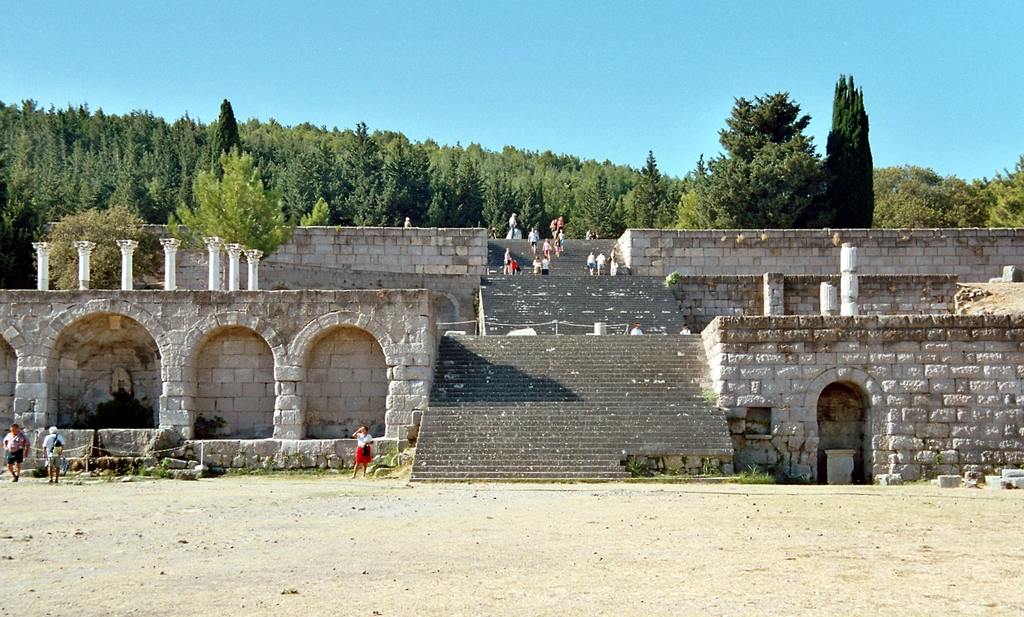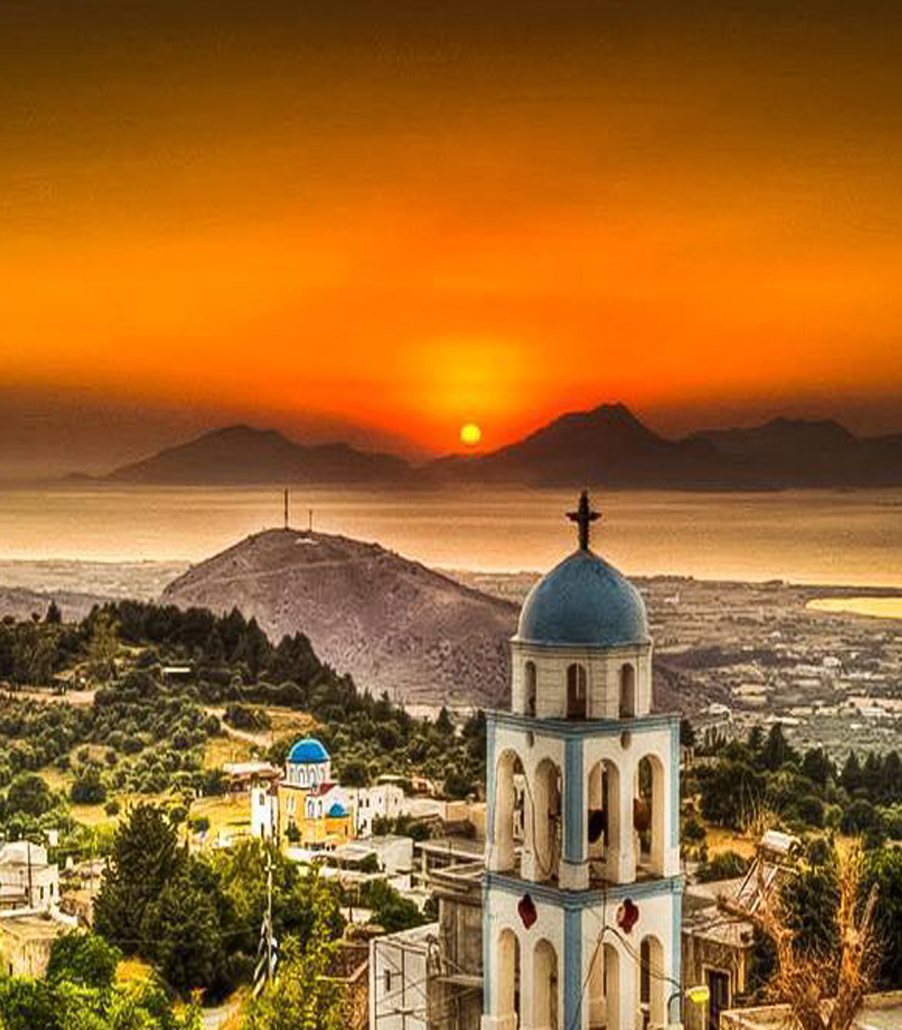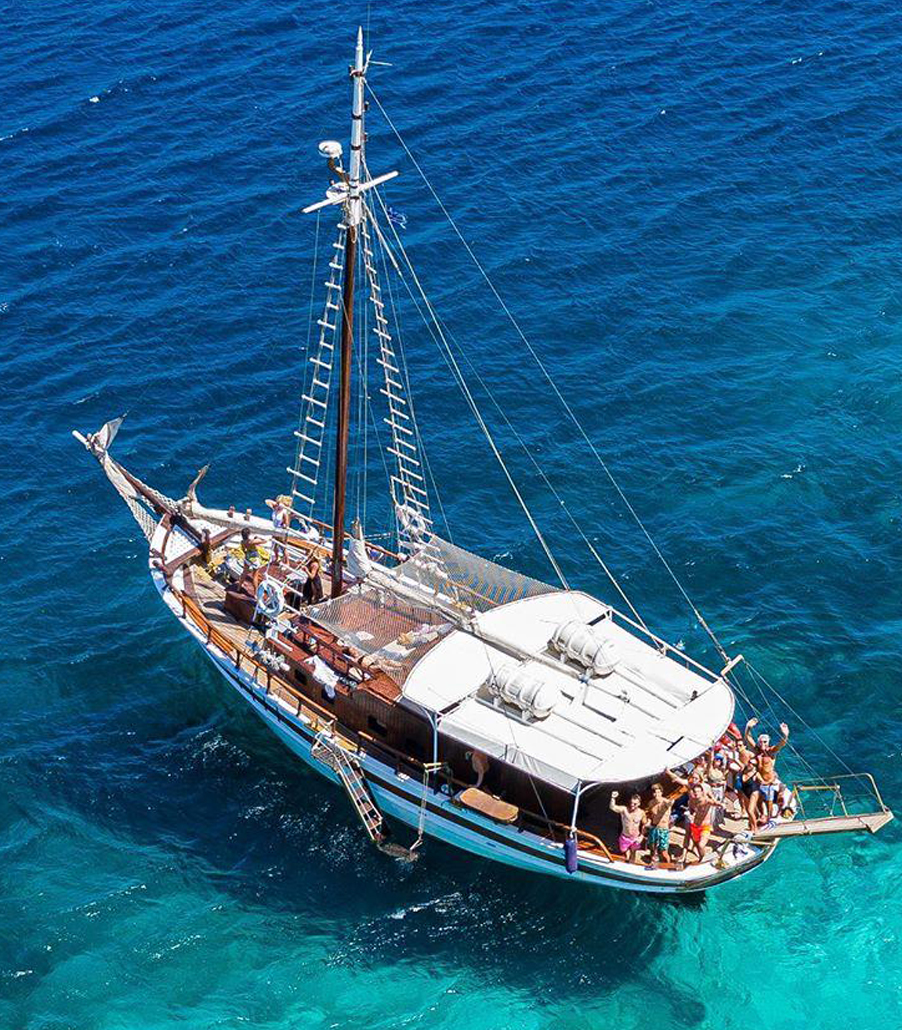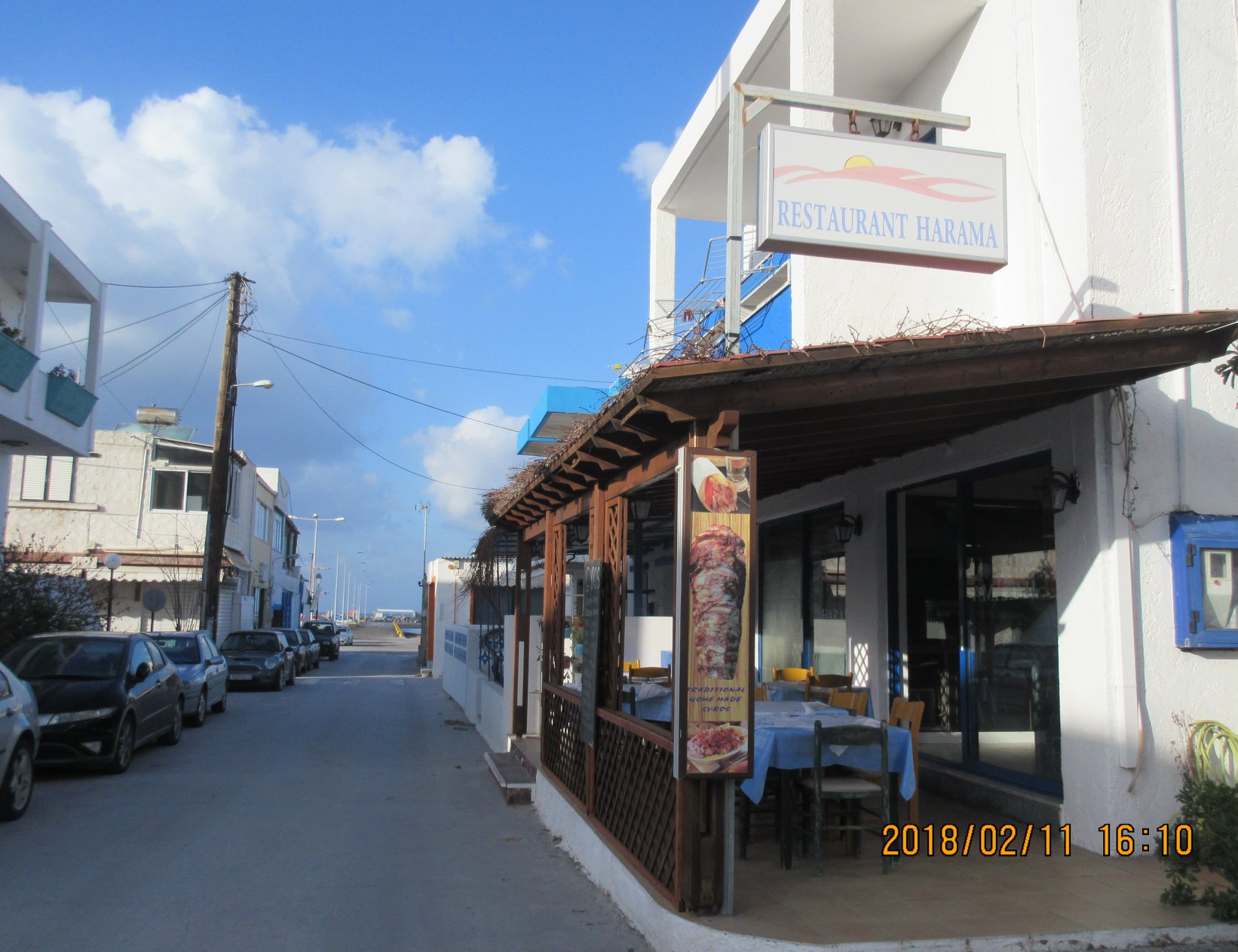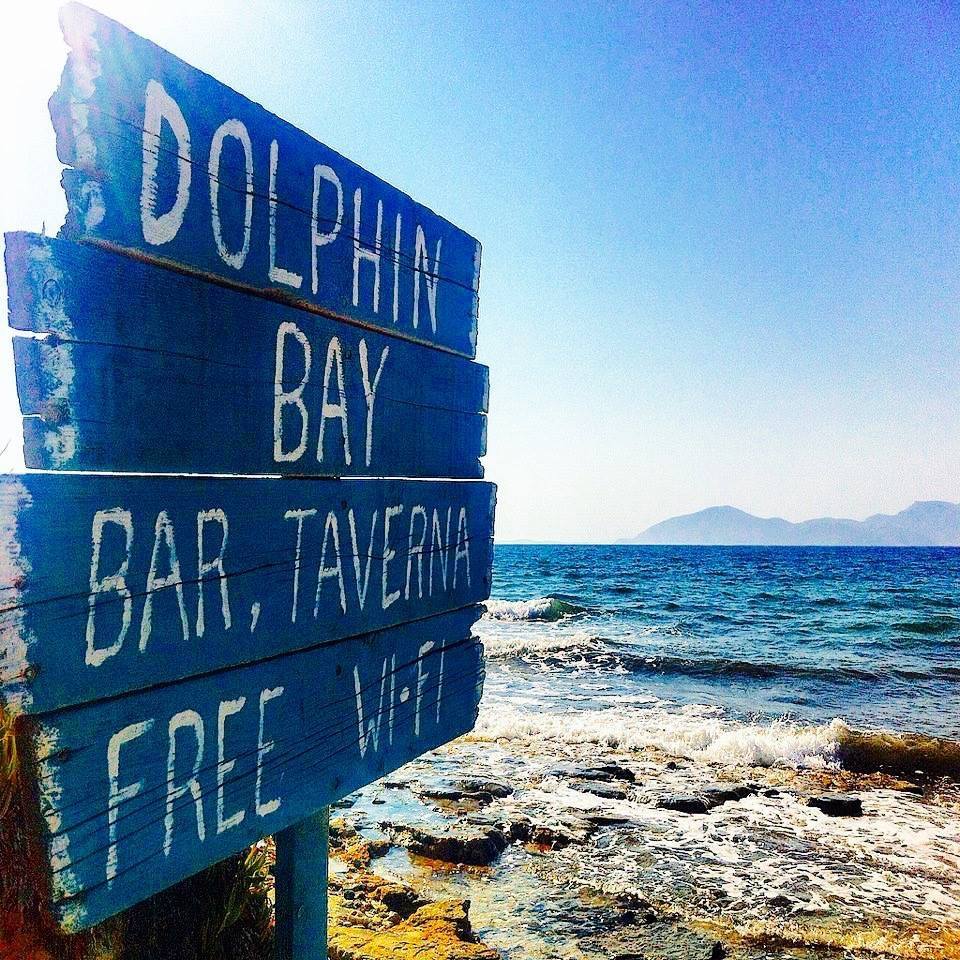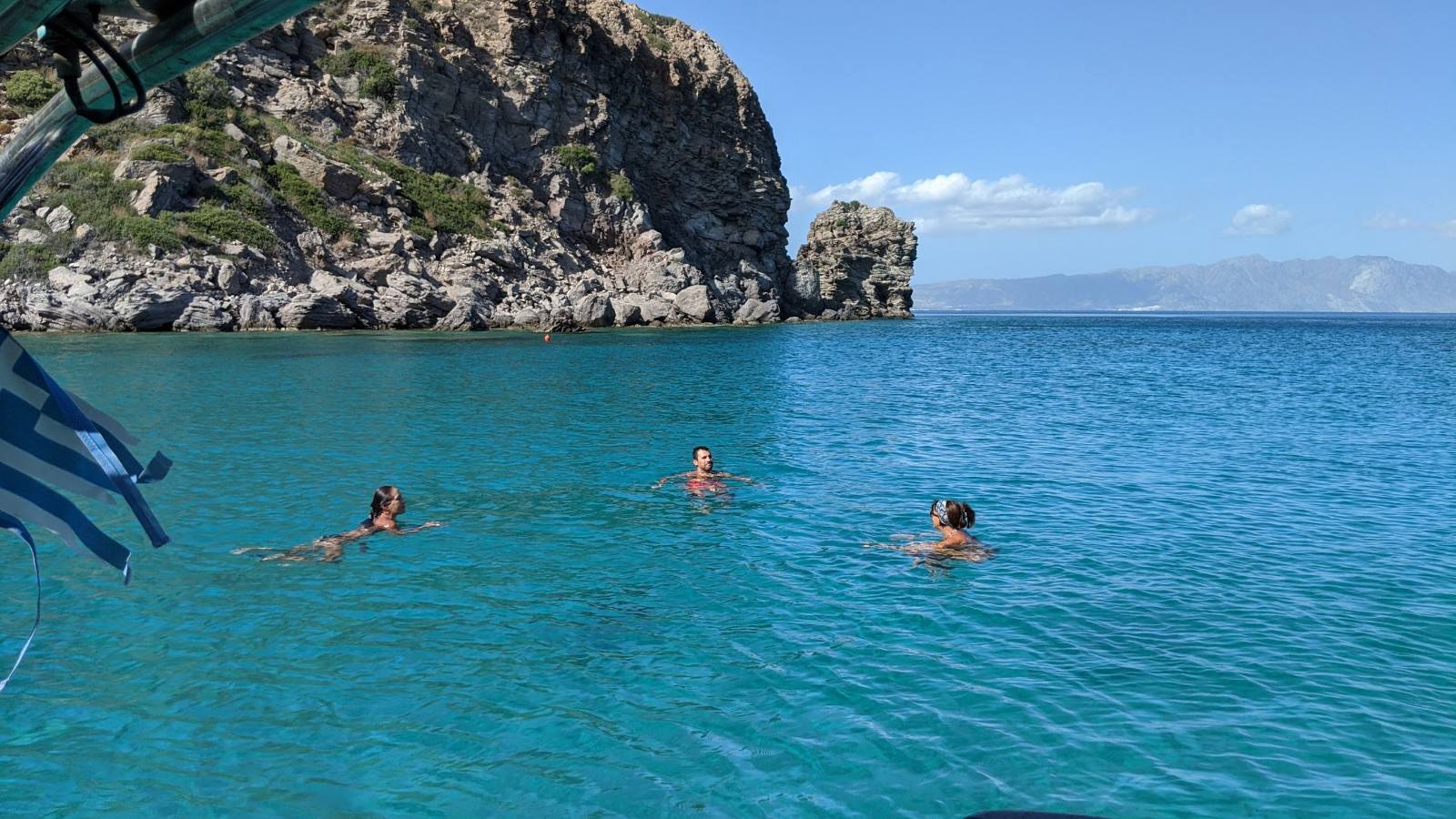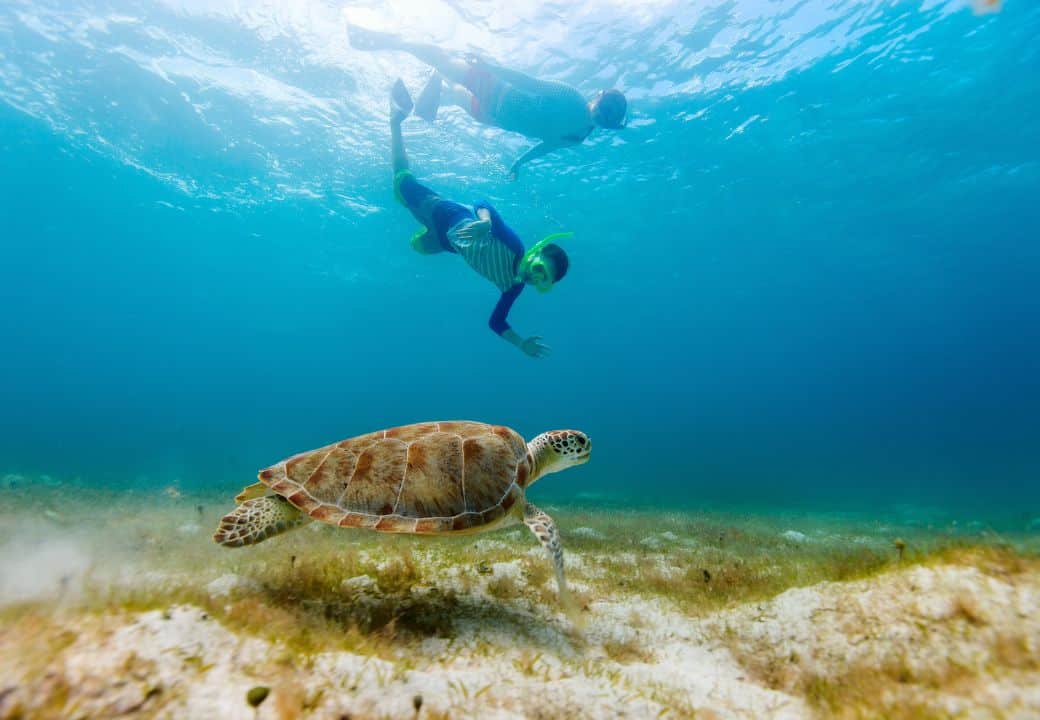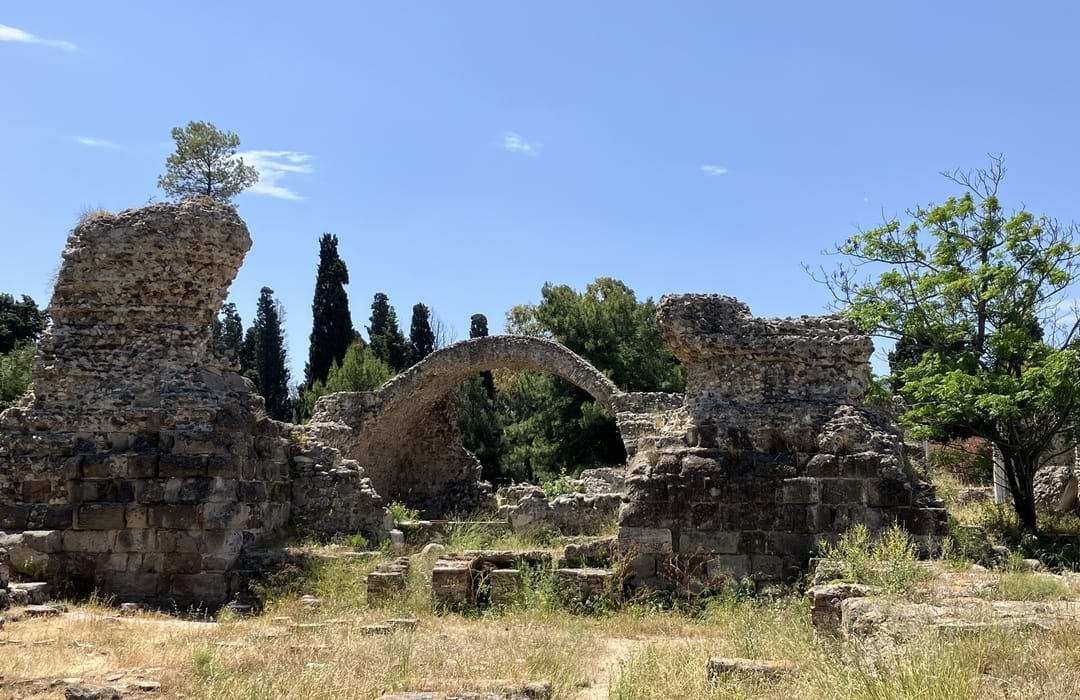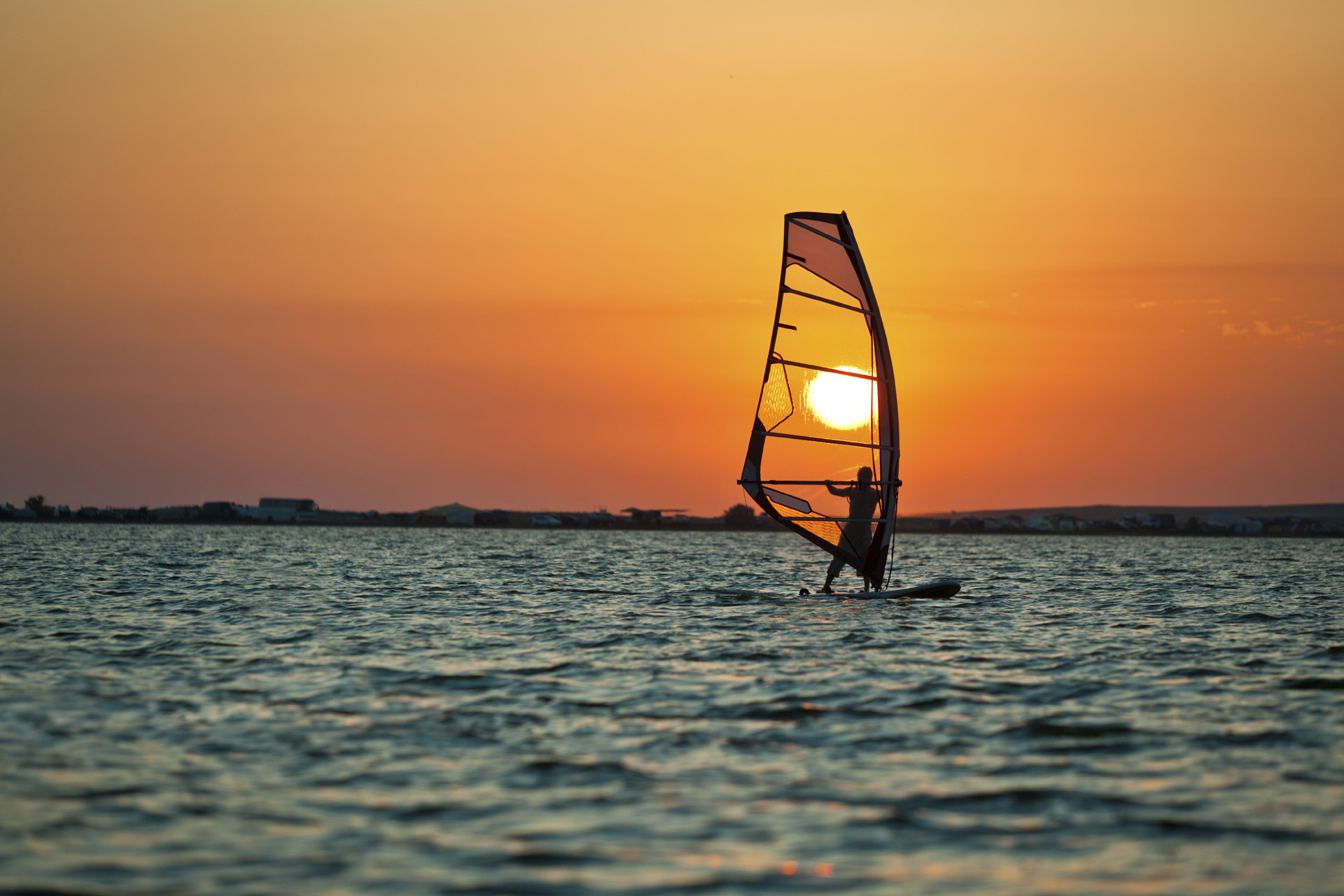Discover the Island of Kos: Complete tourism guide covering ancient history, the famous Asklepieion where Hippocrates taught, Byzantine heritage, Ottoman influence, and modern attractions. Your ultimate guide to Kos history and tourism!
🏝️ Welcome to the Island of Kos
Kos, the third-largest island in the Dodecanese archipelago, is a captivating blend of ancient history, stunning natural beauty, and modern tourism excellence. Located in the southeastern Aegean Sea, just 4 kilometers from the Turkish coast, Kos has been a crossroads of civilizations for over 3,000 years.
🎯 Kos Island Quick Facts:
- 📍 Location: Dodecanese islands, southeastern Aegean Sea
- 📏 Size: 290 square kilometers, 40km long, 8km wide
- 👥 Population: Approximately 33,000 residents
- ✈️ Airport: International airport with direct European flights
- 🏛️ UNESCO Heritage: Asklepieion ancient medical center
- 🌡️ Climate: Mediterranean with 300+ sunny days per year
- 🏖️ Beaches: Over 30 pristine beaches and bays
🏛️ The Asklepieion: Birthplace of Modern Medicine
The Asklepieion of Kos is one of the most significant archaeological sites in Greece and the ancient world. This sacred healing center, dedicated to Asklepios (god of medicine), was where Hippocrates - the "Father of Medicine" - taught and practiced around 460-370 BC.
🩺 Historical Significance of the Asklepieion
Ancient Medical School
- Hippocrates' Teaching Center: Where the famous physician established medical ethics
- The Hippocratic Oath: Origin of the medical oath still used today
- Natural Healing: Combined spiritual and scientific approaches to medicine
- Medical Library: Ancient world's most extensive medical texts collection
- International Reputation: Attracted patients from across the Mediterranean
Architectural Marvel
- Terraced Design: Built on three levels connected by monumental staircases
- Sacred Springs: Natural healing waters used in treatments
- Temple Complex: Multiple temples dedicated to Asklepios and Hygieia
- Treatment Facilities: Ancient hospitals and therapy rooms
- Roman Additions: Expanded during Roman occupation (1st-3rd centuries AD)
📍 Visiting the Asklepieion Today
- Location: 4km southwest of Kos Town
- Opening Hours: Daily 8:00 AM - 8:00 PM (summer), 8:00 AM - 3:00 PM (winter)
- Entrance Fee: €8 for adults, €4 for students
- Guided Tours: Available in multiple languages
- Archaeological Museum: Combined ticket available
📜 Ancient History of Kos
🏺 Prehistoric & Early History (3000-1100 BC)
Minoan & Mycenaean Periods
- Bronze Age Settlement: Evidence of habitation from 3000 BC
- Minoan Influence: Trade connections with Crete civilization
- Mycenaean Colonization: Greek-speaking peoples arrive (1450 BC)
- Dorian Invasion: New Greek tribes settle the island (1100 BC)
🏛️ Classical Period (800-146 BC)
Rise of Ancient Kos
- City-State Formation: Kos becomes independent polis (700 BC)
- Persian Wars: Kos joins Delian League against Persia (478 BC)
- Golden Age: Peak of prosperity under Hippocrates (5th century BC)
- Hellenistic Period: Continued importance under Alexander's successors
Cultural Achievements
- Medical Advances: Revolutionary medical practices and ethics
- Philosophical Schools: Centers of learning and intellectual discourse
- Artistic Excellence: Renowned sculptors and painters
- Maritime Trade: Major port connecting Asia Minor and mainland Greece
🦅 Roman Period (146 BC - 330 AD)
Roman Integration
- Roman Conquest: Peaceful integration into Roman Empire (146 BC)
- Continued Prosperity: Maintained importance as medical center
- Infrastructure Development: Roman baths, theaters, and public buildings
- Cultural Preservation: Greek traditions maintained under Roman rule
⛪ Byzantine & Medieval History (330-1522 AD)
🛡️ Byzantine Empire (330-1204 AD)
Christian Transformation
- Religious Conversion: Transition from paganism to Christianity
- Early Christian Basilicas: Construction of significant churches
- Administrative Center: Regional Byzantine administrative importance
- Cultural Continuity: Preservation of Greek language and customs
🏰 Knights of Rhodes Period (1315-1522)
Crusader Rule
- Military Fortification: Construction of defensive walls and castles
- Neratzia Castle: Impressive fortress protecting Kos harbor
- Economic Revival: Renewed maritime trade and prosperity
- Western Influence: Introduction of Latin Christian practices
🌙 Ottoman Period (1522-1912)
🕌 Ottoman Administration
Islamic Rule
- Ottoman Conquest: Suleiman the Magnificent captures Kos (1522)
- Administrative Changes: Integration into Ottoman provincial system
- Religious Tolerance: Christians allowed to maintain traditions
- Economic Adaptation: Continued maritime trade under Ottoman rule
Cultural Legacy
- Architectural Influence: Ottoman-style buildings and mosques
- Defterdar Mosque: Beautiful 18th-century Ottoman mosque
- Traditional Crafts: Development of local artisan traditions
- Multicultural Society: Greeks, Turks, and Jews coexisting
🇮🇹 Italian Period (1912-1948)
🏛️ Italian Occupation
Modernization Efforts
- Infrastructure Development: Modern roads, hospitals, and schools
- Archaeological Excavations: Systematic exploration of ancient sites
- Tourism Beginnings: Early development of tourism infrastructure
- Architectural Heritage: Italian-style public buildings
🇬🇷 Modern Greek Kos (1948-Present)
🌟 Return to Greece
Post-War Development
- Greek Integration: Formal union with Greece (1948)
- Tourism Revolution: Development as major tourist destination (1960s-present)
- Economic Growth: Transformation from agriculture to tourism economy
- Modern Infrastructure: International airport, marinas, and resorts
🎭 Cultural Heritage & Traditions
🎵 Living Culture
Traditional Festivals
- Hippocrates Festival: Annual celebration of medical heritage (August)
- Wine Festival: Celebrating local winemaking traditions (September)
- Religious Festivals: Orthodox Christian celebrations throughout the year
- Cultural Events: Concerts, theater, and art exhibitions
Local Traditions
- Traditional Crafts: Pottery, weaving, and woodworking
- Culinary Heritage: Ancient recipes and local specialties
- Music & Dance: Traditional Greek folk traditions
- Storytelling: Oral traditions preserving island history
🏛️ Must-Visit Historical Sites
🎯 Ancient Sites
- The Asklepieion: Ancient medical center and Hippocrates' school
- Ancient Agora: Roman-era marketplace with stunning mosaics
- Casa Romana: Preserved Roman villa with original frescoes
- Ancient Theater: Well-preserved Hellenistic amphitheater
- Plane Tree of Hippocrates: Legendary tree where Hippocrates taught
🏰 Medieval Sites
- Neratzia Castle: Impressive Knights of Rhodes fortress
- Medieval Town: Preserved old town with cobblestone streets
- Defterdar Mosque: Beautiful Ottoman-era mosque
- Ancient Walls: Remaining Byzantine and medieval fortifications
🌊 Natural Wonders & Geography
🏖️ Stunning Coastline
Famous Beaches
- Paradise Beach: Unique volcanic bubble beach
- Mastichari Beach: Long sandy beach with crystal waters
- Tigaki Beach: White sand beach with shallow waters
- Kefalos Bay: Dramatic coastline with hidden coves
- Agios Stefanos: Beach with underwater ancient ruins
🌿 Natural Features
- Mount Dikeos: Highest peak at 846 meters
- Therma Hot Springs: Natural thermal springs for healing
- Butterfly Valley: Seasonal home to thousands of butterflies
- Wetlands: Important bird migration stopover
🎯 Modern Tourism on Kos
🏨 Tourism Infrastructure
Accommodation Options
- Luxury Resorts: International hotel chains and boutique properties
- Traditional Hotels: Family-run accommodations in historic buildings
- Villa Rentals: Private homes for extended stays
- Budget Options: Hostels and guesthouses for budget travelers
Activities & Experiences
- Historical Tours: Guided visits to ancient sites
- Island Cruises: Boat trips to neighboring islands
- Water Sports: Diving, sailing, and water activities
- Cultural Experiences: Traditional cooking classes and workshops
🍽️ Culinary Heritage
🥘 Traditional Kos Cuisine
Ancient Recipes
- Pitaridia: Traditional pasta with caramelized onions
- Kanelada: Ancient cinnamon drink
- Local Honey: Thyme honey production since ancient times
- Traditional Cheeses: Local varieties made with traditional methods
Seafood Specialties
- Fresh Fish: Daily catches from local fishermen
- Sea Urchins: Delicacy harvested from local waters
- Octopus: Traditional preparation methods
- Mussels: Cultivated in local bays
📅 Planning Your Historical Journey
🗓️ Best Time to Visit
- Spring (April-May): Perfect for archaeological site visits
- Early Summer (June): Ideal weather with fewer crowds
- Autumn (September-October): Comfortable temperatures for exploration
- Winter (November-March): Mild weather, focused on cultural sites
🎯 Recommended Itineraries
Historical Focus (3 Days)
- Day 1: Asklepieion and Archaeological Museum
- Day 2: Kos Town historical sites and Neratzia Castle
- Day 3: Ancient sites and traditional villages
Complete Experience (7 Days)
- Days 1-3: Historical and archaeological sites
- Days 4-5: Island exploration and beach activities
- Days 6-7: Cultural experiences and local traditions
🚗 Getting Around Historical Kos
🚌 Transportation Options
- Car Rental: Best flexibility for archaeological sites
- Bicycle Tours: Eco-friendly exploration of historical areas
- Public Buses: Regular service to major archaeological sites
- Guided Tours: Expert knowledge of historical significance
- Walking Tours: Detailed exploration of Kos Town historical center
📚 Educational Resources
🎓 Learning About Kos History
- Archaeological Museum: Extensive collection of artifacts
- Local Libraries: Historical documents and research
- Cultural Centers: Educational programs and lectures
- University Programs: Archaeological and historical studies
- Expert Guides: Professional historians and archaeologists
🌟 Unique Historical Experiences
🏛️ Discover the Island Where Medicine Was Born
Walk in Hippocrates' footsteps • Explore ancient healing centers • Experience living history
Professional guides • Small groups • Expert historical knowledge
🌅 ZIA TRADITIONAL VILLAGE EXPERIENCE
🏛️ HISTORICAL COASTLINE ADVENTURE
Expert local guides • Cultural insights • Historical storytelling
🔍 Archaeological Discoveries
🏺 Recent Findings
- New Excavations: Ongoing archaeological work revealing new insights
- Artifact Preservation: Modern techniques preserving ancient treasures
- Research Projects: International collaborations studying Kos history
- Digital Archives: Virtual access to historical documents
💡 Tips for History Enthusiasts
📖 Making the Most of Your Visit
- Early Morning Visits: Best lighting and fewer crowds at archaeological sites
- Comfortable Shoes: Extensive walking on ancient stone surfaces
- Sun Protection: Hat and sunscreen for outdoor historical sites
- Photography: Most sites allow photography for personal use
- Guided Tours: Professional insights enhance the experience significantly
📚 Recommended Reading
- Hippocratic Corpus: Original medical texts
- "The Island of Kos" by Sherwin-White: Comprehensive historical study
- Archaeological Guides: Detailed site descriptions and context
- Local History Books: Stories and legends of Kos
🌍 Kos in Context
🗺️ Regional Significance
- Dodecanese Islands: Part of larger historical archipelago
- Aegean Crossroads: Meeting point of European and Asian civilizations
- Medical Heritage: Continuing influence on modern medicine
- Cultural Bridge: Connection between ancient and modern worlds
The Island of Kos offers an extraordinary journey through 3,000 years of human history, from ancient medical breakthroughs to modern tourism excellence. Whether you're interested in Hippocrates' revolutionary medicine, Byzantine churches, or Ottoman architecture, Kos provides an unparalleled historical experience in the beautiful Aegean Sea.
